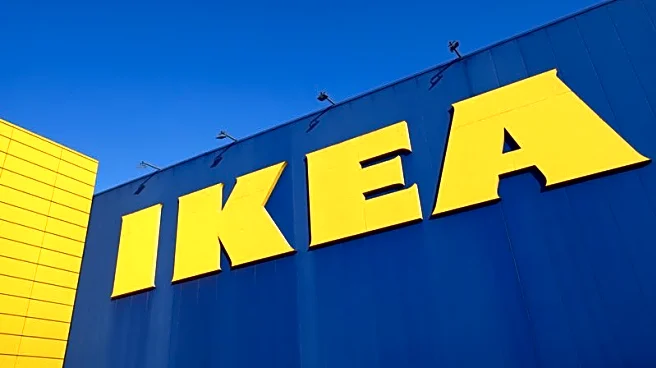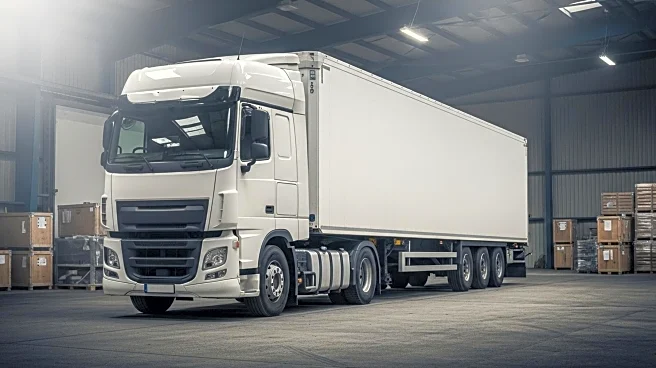What's Happening?
Home Depot and other companies are transforming reverse logistics by leveraging analytics, resale channels, and circular economy practices. At the CSCMP Edge 2025 conference, Home Depot's Troy Campbell highlighted the strategic advantage of mature reverse logistics programs. These programs are not just about managing returns but are seen as value streams that can scale, innovate, and recapture value. Home Depot's reverse logistics network handles significant returns and generates substantial sales through liquidation channels, while also recycling millions of pounds of material annually.
Why It's Important?
The evolution of reverse logistics from a cost center to a strategic advantage is significant for retail supply chains. By treating returns as value streams, companies like Home Depot can enhance efficiency and profitability. This approach allows for better management of return volumes and product complexity, integrating reverse and forward networks. The rise of secondary market channels, such as bin stores and livestream auctions, offers new opportunities for retailers to engage with different customer segments without cannibalizing core sales.
What's Next?
Supply chain leaders are encouraged to embed reverse logistics as a core discipline, aligning it with broader business transformation. As circularity becomes essential, companies that succeed will treat returns as competitive advantages. The integration of data analytics and multiple resale strategies will be crucial in optimizing reverse logistics operations.
Beyond the Headlines
The shift towards circular economy practices in reverse logistics highlights ethical and environmental considerations. By recycling and refurbishing returned goods, companies contribute to sustainability efforts, reducing waste and promoting responsible consumption.











